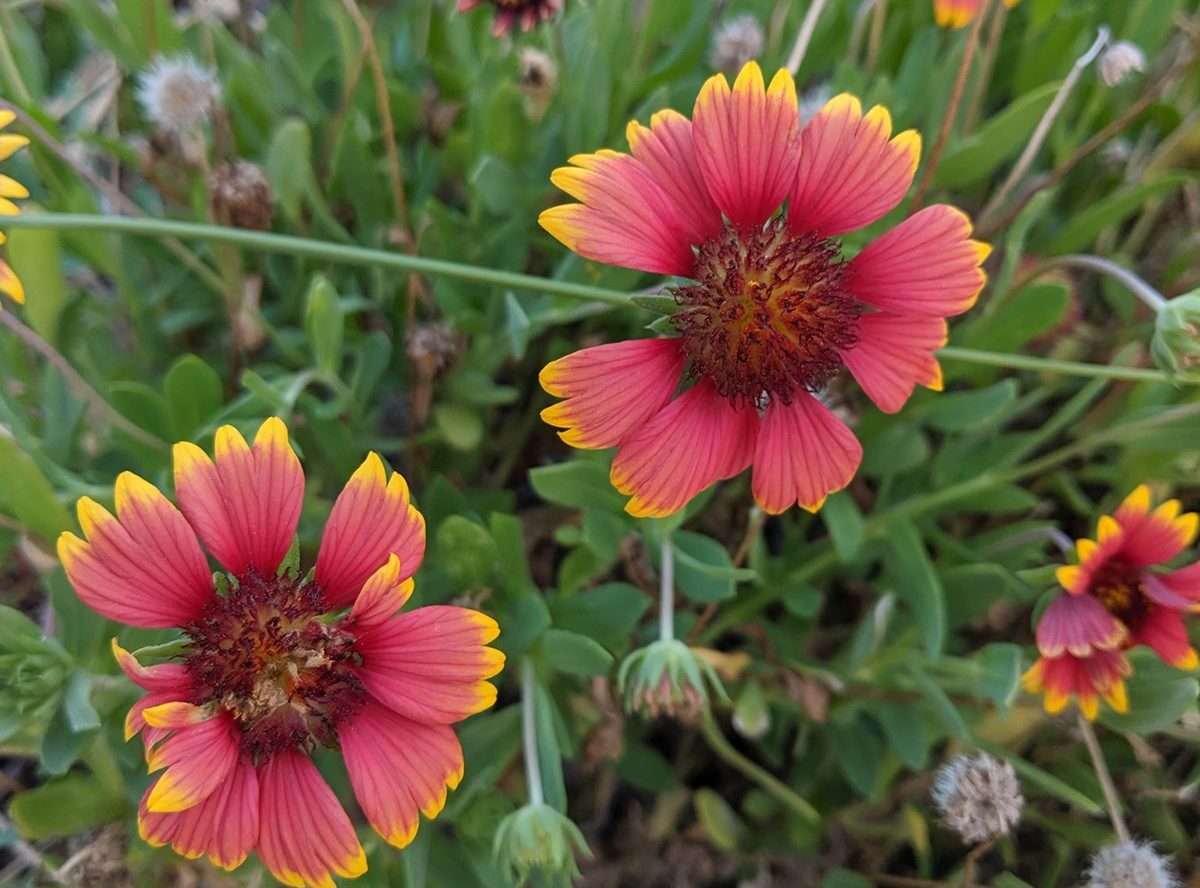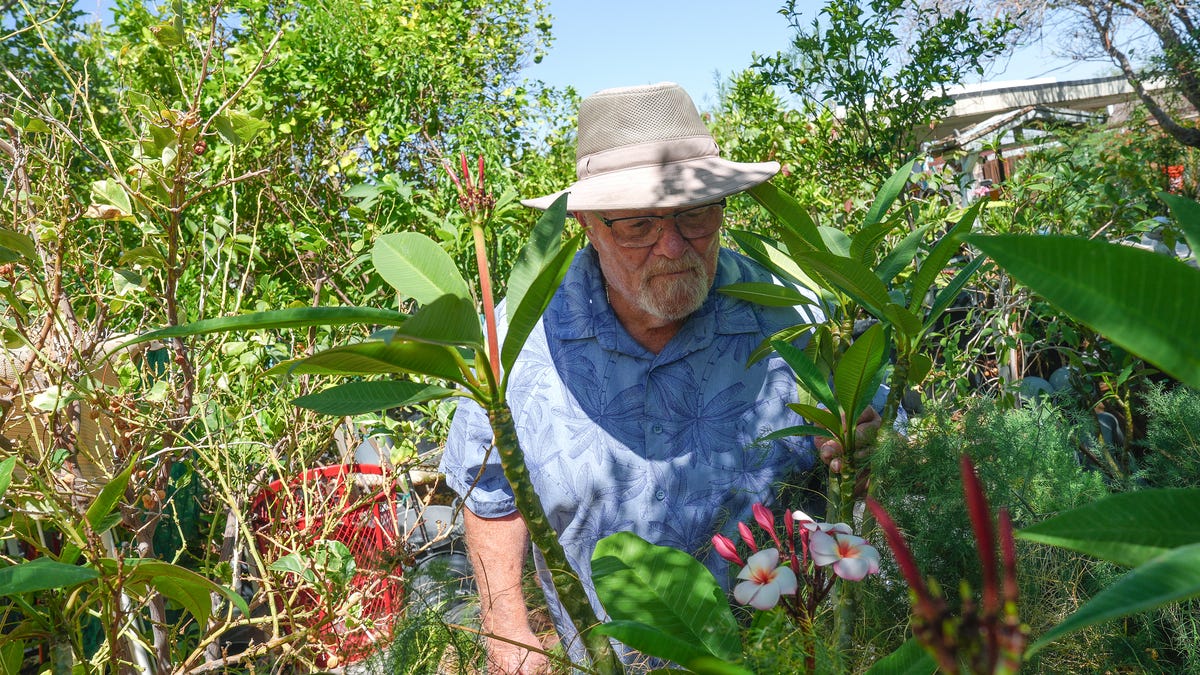The North Carolina Botanical Garden partnered with the AIC and provided expertise in garden design and installation.
“This partnership allows us to really develop stronger relationships with the people who have had the longest ancestral relationship with the plants and the space and the land,” Joanna Lelekacs, the director of learning and engagement at the N.C. Botanical Garden, said.
The AICG will feature native plants, including a medicinal garden with sage, sweetgrass, cedar and tobacco, recognized by Indigenous communities as the four sacred medicines. It will also include a “Piedmont Prairie” with native grasses and wildflowers.
Species of native trees — such as pecans, persimmons and yaupon holly — will be planted throughout the garden.
The garden will feature art by Native creators, as well as a prayer tree, ceremonial space and a gathering place surrounded by eight cedar trees to represent the eight tribal nations of North Carolina — the Coharie, Cherokee, Haliwa-Saponi, Lumbee, Meherrin, Sappony, Occaneechi and Waccamaw Siouan tribes.
Seating and quiet reflection areas will create a healing environment for Indigenous students and community members, according to the AIC.
The AICG, which will likely be renamed in a native language but remain subtitled “The American Indian Cultural Garden,” will act as a community teaching tool, gathering space and a physical affirmation of Native history and ongoing presence on campus, Carmi said.
Native identity is tied to place, explained Ryan Emanuel, a member of the Lumbee tribe of North Carolina and an associate professor at Duke’s Nicholas School.
“Our tribe, our nation, is a coherent community, and our collective identity is tied to a specific place,” Emanuel said. “For Lumbee people, that specific place is the Lumbee River, its tributaries and all the landscapes that surround it — Robeson County and the surrounding counties.”
Emanuel leads a team of researchers in hydrology and works with Native communities in environmental science. He also works to advance tribal consultation when dealing with environmental issues.
According to Emanuel, climate change, pollution and unsustainable development are the three existential threats to North Carolina’s ecosystem.
Emanuel said that if native landscapes are radically altered or destroyed, it fundamentally alters Indigenous peoples’ ability to exist as a collective because their identities are tied to those places.
To get the day’s news and headlines in your inbox each morning, sign up for our email newsletters.
“We’ve tried the Western colonial way of managing the environment for a few hundred years now, here, in what’s now the U.S., and the outcomes have been pretty bad,” he said. “I would argue that the knowledge systems that Indigenous peoples have and their worldviews concerning our place in the environment deserve a louder voice in whatever we move towards in terms of a new sustainable environment.”










